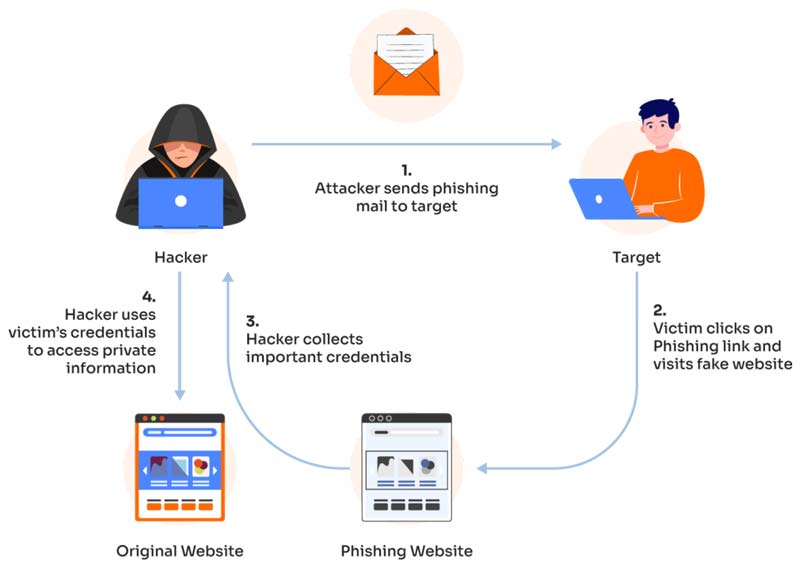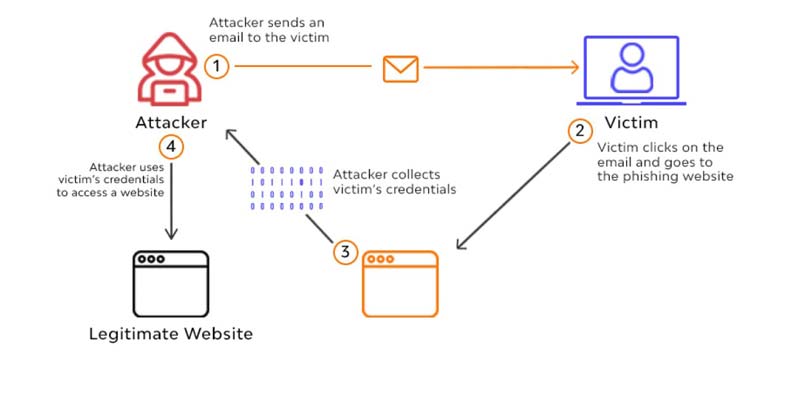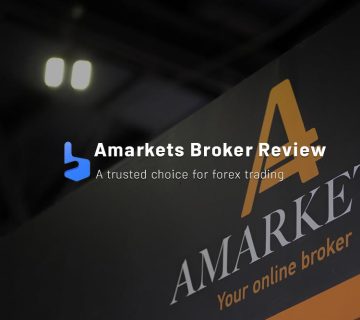
Amarkets Broker ❤️ Review and account opening 2024
What you are about to read:
AMarkets, one of the best brokers for beginners of professionals, is a regulated broker that provides brokerage services to clients in over 100 countries across South America, Asia, and Africa. This broker focuses on offering innovative trading services using new technologies and excellent trading conditions.
They offer multiple trading instruments in six asset classes, including Forex, stocks, and cryptocurrencies. They support the MetaTrader 4 and MetaTrader 5 trading platforms. AMarkets broker also provides its trading app for Android and iOS users.
Traders have access to several language options and leverage of up to 1:3000, making it ideal for traders who need trading services in their native language. This review from Brokerland explains everything you need to know about AMarkets and covers all the details. Join us until the end of the article.
AMarkets Broker Introduction
AMarkets is an online broker that offers a wide range of financial services to traders and investors. Founded in 2007, it has grown into a broker with a global presence. The company provides access to various financial markets, including Forex, stocks, commodities, indices, and cryptocurrencies.
This broker is headquartered in Belize City, Belize. It is registered under the name AMarkets LTD and regulated by the International Financial Services Commission (IFSC) of Belize. However, it’s worth noting that while the company is based in Belize, it provides its services to traders worldwide and operates in various legal jurisdictions on a global scale.
Key Features
One of the key features of AMarkets broker is its user-friendly trading platform designed to cater to both novice and experienced traders. The platform offers a wide range of advanced trading tools and features, including real-time market quotes, interactive charts, the best Forex indicators, and customizable trading strategies.
AMarkets broker is known for its competitive trading conditions, such as low spreads, fast execution speed, and no requotes. Traders can choose from various account types, including Standard, Fixed, and ECN, based on their priorities and trading strategies. In terms of regulation, This Broker is regulated by the International Financial Services Commission (IFSC) of Belize, ensuring a certain level of customer protection and transparency in the company’s operations.
AMarkets also provides educational resources and support for traders, including trading tutorials to learn forex, webinars, and market analysis. Additionally, the broker offers a wide range of deposit and withdrawal methods, including popular e-wallets and bank transfers, to facilitate convenient transactions for its customers.
| Founded in📆 | 2007 |
| Headquarters📍 |
Saint Vincent and the Grenadines |
| Trading Platforms📈 | MetaTrader 4, MetaTrader 5, Copy Trading, AMarkets Mobile App |
| Minimum Deposit💰 | 100 Dollas |
| Website🖥 | www.amarkets.org |
| Supported Languages🌐 |
English, Arabic, Vietnamese, Indonesian, Spanish, Italian, Chinese, Korean, Malay, German, Persian, Portuguese, Russian, Thai, Turkish, Ukrainian, French
|
| Execution 🎬 | NDD، ECN، STP |
| Base currency💵 | Dollar, Euro, Ruble |
| Customer Support 📞 |
English, Armenian, Spanish, Kazakh, Persian, Russian, Turkish
|
| Regulation⚖️ |
Regulated by the Financial Services Authority (FSA) of Saint Vincent and the Grenadines, License No. 22567 IBC 2015
|
| Mobile Trade📲 | iOS، Android |
| Offered Account Types📂 | |
| Partnership Programs🤝 | Available |
| Deposit Bonus💸 | 15% |
| No Deposit Bonus Amount💳 | 15% in dollars |
AMarkets Trading Platforms
This broker offers support for both MetaTrader 4 (MT4) and MetaTrader 5 (MT5) in addition to a mobile application designed for iPhone and Android users.
AMarkets App: The broker app is an ideal solution for individuals who want to trade through their smartphones. This app is available for iPhone, iPad, and Android devices and provides trading symbols in 7 asset classes. It is available in English, Indonesian, Malay, Persian, Russian, Turkish, and Uzbek. Users of this app have access to 24/7 customer support, real-time prices, live and demo trading, and deposit and withdrawal capabilities.
MetaTrader 4 (MT4): MT4 is considered the best trading platform for beginners and experienced traders. This platform offers 30 indicators and supports 9 time frames. It can be accessed through mobile applications (iOS and Android), web terminals, and PC/MAC downloads at AMarkets.
MetaTrader 5 (MT5): MT5 is an advanced version of the MT4 trading platform. Compared to MetaTrader 4, it offers more up-to-date indicators, timeframes, and strategy testers. Additionally, it provides partial order filling, an in-house economic calendar, built-in social chat MQL5, 6 pending order types, market depth, and hedging options. This platform is ideal for copy traders and algorithmic trading. It is accessible through mobile applications (iOS and Android), web terminals, and PC/MAC downloads at AMarkets.
Trading Accounts
AMarkets Broker offers four types of trading accounts designed for both amateur and professional traders. These include standard, fixed, ECN, and Crypt accounts. The broker also provides an Islamic account option for traders who adhere to Islamic principles in their trading.The four types of trading accounts are:
- Standard Account: This account is suitable for both beginner and experienced traders. It features floating spreads (starting from 1.3 pips), zero transaction fees for FX and metals, instant execution, and market support. The minimum initial deposit is $100 or €100, and traders can access leverage up to 1:3000. Trading hours are from Monday at 00:00 to Friday at 23:00 (Eastern European Time – EET). This account is available in both USD and EUR, and customers are protected from negative balances.
- Fixed Account: The fixed account is designed for traders who prefer to pay a fixed amount for each trade. It is ideal for position trading and shares many similarities with the standard account, except that it offers fixed forex spreads and only provides 28 Forex symbols, rather than 44.
- ECN Account: The ECN account offers direct order execution through the Prime broker, making it suitable for scalpers due to its fast execution speed. The minimum deposit is $200 or €200, with spreads starting from 0 pips. Users of this account pay a commission of $2.5 or €2.5 per lot for each side. It offers all trading symbols and protection against negative balances. The stop out is set at 40%, while the margin call level is 50%.
- Crypto Account: The crypto account is based on MBT (1 MBT = 0.001 BTC) and shares many similarities with the standard account. It offers the lowest leverage (1:100) and floating spreads starting from 1.3 pips. Users of the crypto account have access to all trading symbols and protection against negative balances.
- Islamic Account (Swap-Free): Traders who wish to adhere to Islamic laws can request an Islamic account. This account type is a variant of standard, fixed, and ECN accounts, with no swap fees or additional commissions. It is not available for crypto accounts. To use an Islamic account with AMarkets broker, you need to open one of the supported accounts and request activation of the Islamic option in your personal account. It’s important to note that swap-free services are not applicable to equities, indices, cryptocurrencies, commodities, and bonds.
Amarkets Broker Regulation
AMarkets is a regulated broker and has taken measures to ensure the security and confidence of its customers. Here are some key regulatory and protection aspects:
- Financial Commission: AMarkets Broker has been a member of the Financial Commission since 2013. The Financial Commission is an independent intermediary for financial services that guarantees the transparency and integrity of a broker. The Commission provides a compensation fund for up to €20,000 per trade claim.
- Verify My Trade: The submits its financial records to an independent third party, Verify My Trade, for monthly auditing. Monthly audits ensure that AMarkets complies with the best execution standards.
- FSA Regulation: The broker is also regulated by the Financial Services Authority (FSA) under the name AMarkets LTD with registration number 22567 BC 2015.
Customer Protection:
AMarkets, as a member of the Financial Commission, is one of the members of the Compensation Fund. This fund is formed by allocating 10% of the monthly membership fee and guarantees insurance coverage of trading disputes up to €20,000 in the event of the broker’s refusal or failure to comply with the Financial Commission’s decision.
Trading Instruments in AMarkets Broker
AMarkets offers a wide range of tradable instruments on its trading platforms, including:
- 44 currency pairs
- 7 metals
- 17 indices
- 11 commodities
- 2 bonds
- 433 stocks
- 20 ETFs
- 27 cryptocurrencies
This variety provides traders with multiple options to diversify their portfolios and choose assets that match their trading strategies and preferences.
Leverage
AMarkets Leverage provides one of the largest leverage options in the Forex trading industry. The available leverage depends on your equity and here’s a comparison table for these leverage values:
| Equity | Leverage |
| < $1,000 | 1:3000 |
| > $1,000< $5,000 | 1:2000 |
| > $5,000< $10,000 | 1:1000 |
| > $10,000< $50,000 | 1:500 |
| > $50,000 | 1:200 |
This means that traders with different account sizes can access varying levels of leverage to suit their trading strategies and risk management preferences.
Deposits and Withdrawals at Amarkets Broker
AMarkets also offers free, easy, and convenient deposit and withdrawal options with a wide range of payment methods, making it easier for traders to manage their funds.
Deposits
AMarkets broker offers a variety of deposit and withdrawal methods. Here’s an overview of the deposit methods, including minimum deposits, currencies, and processing times:
|
Deposit Method |
Currency |
Minimum Deposit |
Processing Time |
|
Card (VISA, Mastercard) |
Any currency |
$100 / €100 |
Instant Availability |
| USDT (TRC-20, ERC-20) |
TRC-20، ERC-20 |
$100 / €100 |
Within 1 hour |
| Bitcoin (BTC) |
BTC |
$100 / €100 |
Within 1 hour |
| Litecoin (LTC) |
LTC |
$100 / €100 |
Within 1 hour |
| Ethereum (ETH) |
ETH |
$100 / €100 |
Within 1 hour |
| ADVcash (USD/EUR) |
USD/EUR |
$100 / €100 |
Instant Availability |
| Perfect Money |
USD |
$100 / €100 |
Instant Availability |
| FasaPay (USD/IDR) |
USD/IDR |
$100 / €100 |
Instant Availability |
| Perfect Money (USD/EUR) |
USD/EUR |
$100 / €100 |
Instant Availability |
| Neteller |
USD |
$100 / €100 |
Instant Availability |
| TopChange (USD) |
USD |
$100 / €100 |
Instant Availability |
Withdrawal Methods
AMarkets Broker does not charge a transaction fee for withdrawals, but depending on the payment system you use, that system may charge fees. It’s important to note that the fees go to the payment processor, not the broker.
Withdrawals can be processed through your web browser or the broker app. Before making a withdrawal, you need to confirm your payment details. Here are the withdrawal methods along with key details:
| Withdrawal Method |
Currency |
Minimum Withdrawal |
Maximum Withdrawal |
Fee |
Processing Time |
|
MasterCard |
Dollar/Euro |
$20 / €20 |
1500 USD 2400 یورو |
1.8٪ |
Up to 24 hours |
|
UZCARD |
UZS |
260,000 UZS |
113,000,000 UZS |
1.8٪ |
Up to 24 hours |
|
USDT (TRC-20, ERC-20) |
TRC-20، ERC-20 |
5 USDT |
Unlimited Maximum Withdrawal |
0.5٪ – 1٪ |
Up to 24 hours |
|
Bitcoin (BTC) |
Btc |
0.002 BTC |
Unlimited Maximum Withdrawal |
0.5٪ – 1٪ |
Up to 24 hours |
|
Litecoin (LTC) |
LTC |
0.1 LTC |
Unlimited Maximum Withdrawal |
0.5٪ – 1٪ |
Up to 24 hours |
|
Ethereum (ETH) |
ETH |
0.02 ETH |
Unlimited Maximum Withdrawal |
0.5٪ – 1٪ |
Up to 24 hours |
|
ADVcash (USD/EUR) |
Dollar/Euro |
$10 / €10 |
Unlimited Maximum Withdrawal |
0.5٪ |
Up to 24 hours |
| Skrill (USD/EUR) |
Dollar/Euro |
$10 / €10 |
Unlimited Maximum Withdrawal |
1% |
Up to 24 hours |
| FasaPay (USD/IDR) |
USD، IDR |
$10 1,000,000 IDR |
Unlimited Maximum Withdrawal |
0.5٪ |
Up to 24 hours |
| Perfect Money |
USD |
10 $ |
Unlimited Maximum Withdrawal |
0.5٪ |
Up to 24 hours |
| Neteller (USD/EUR) |
Dollar/Euro |
$10 / €10 |
Unlimited Maximum Withdrawal |
1.8%, with a minimum of 1 USD and a maximum of 30 USD |
Up to 24 hours |
|
TopChange |
USD |
10 $ |
Unlimited Maximum Withdrawal |
0% |
Up to 24 hours |
Forex Learning
AMarkets broker provides limited educational resources in the field of forex trading. Their educational section consists of blogs on topics related to trading and detailed FAQs. Traders can also participate in webinars organized by the broker.
The broker offers market research on trading symbols, technical and fundamental analysis, major forex news, VPS hosting, copy trading, and AutoChartist. Other resources include an economic calendar, trading calculators, market sentiment indicators, forex experts advisors, trading ideas, and more.
Summary
In summary, AMarkets is a global forex broker suitable for both beginners and experienced traders. It offers a user-friendly platform, a wide range of trading symbols, and supports specialized strategies like copy trading and algorithmic trading, as explained in the article on forex trading with AI. This broker provides high leverage, fast order execution, and direct access to global financial markets.

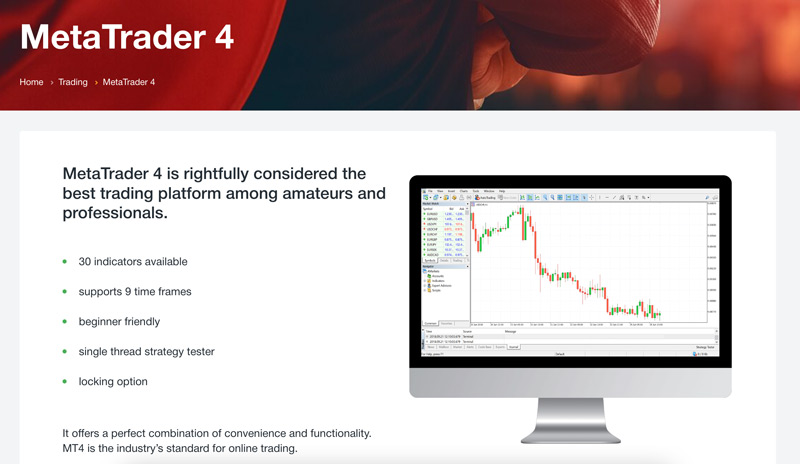
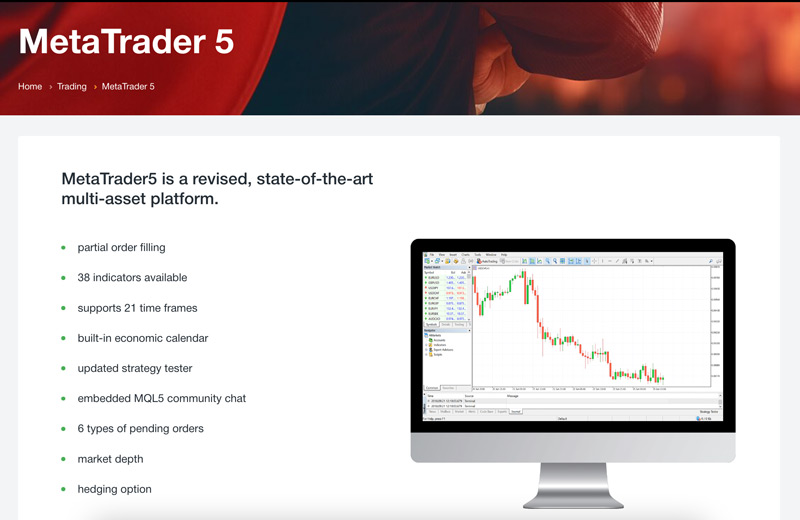
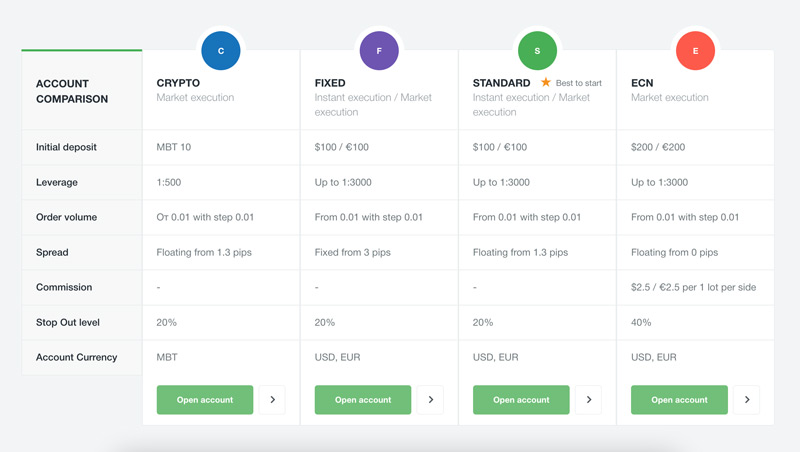
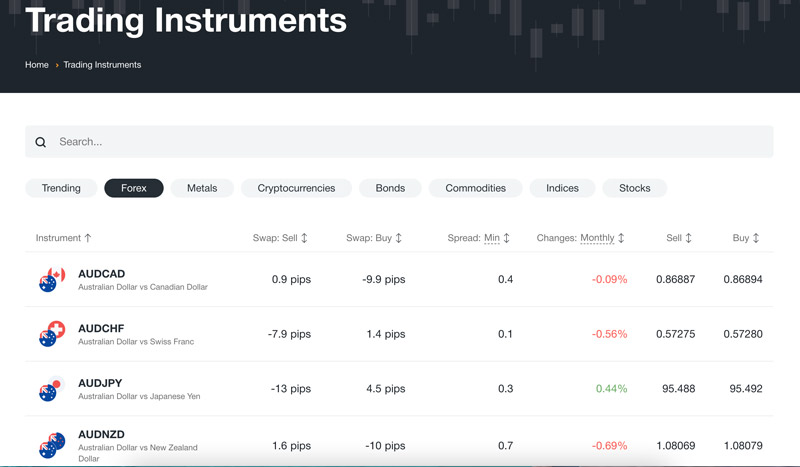


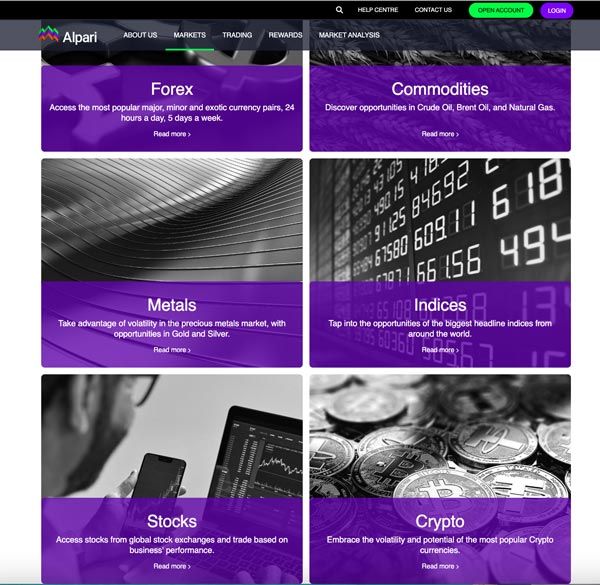
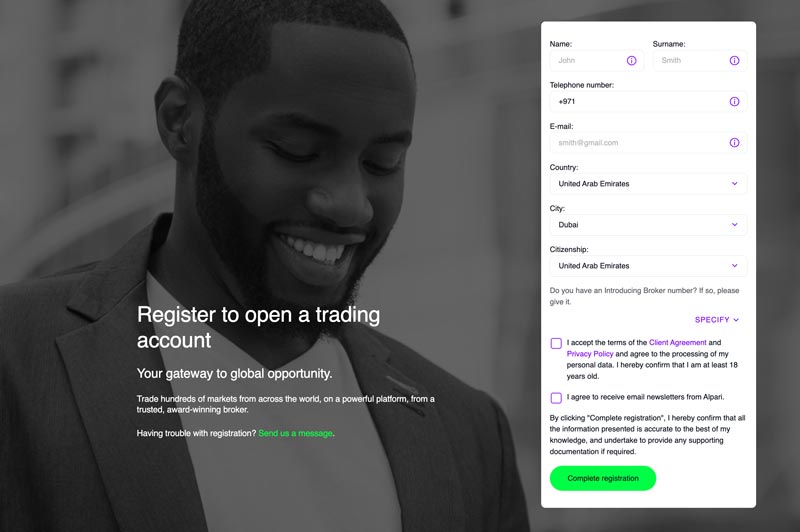
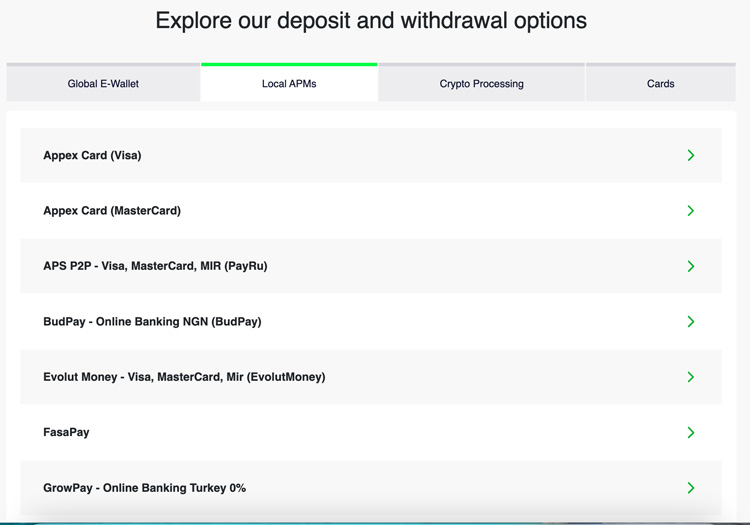

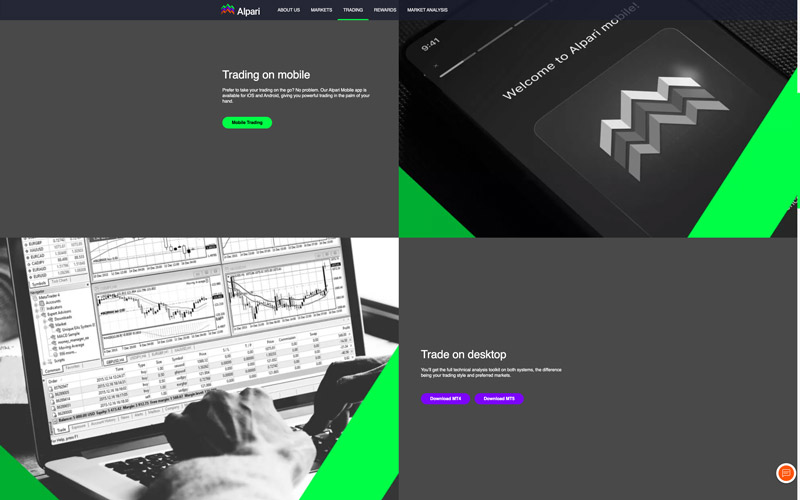 customer support
customer support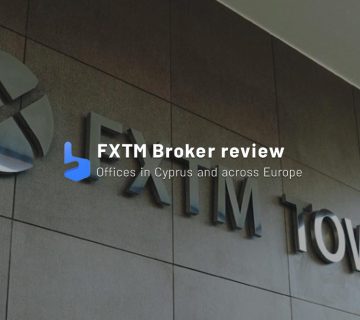
 Headquarter
Headquarter Regulation
Regulation Trading Platfrom
Trading Platfrom Trading Instruments
Trading Instruments EUR/USD Spread
EUR/USD Spread Demo account
Demo account Minimum Deposit
Minimum Deposit Customer Service
Customer Service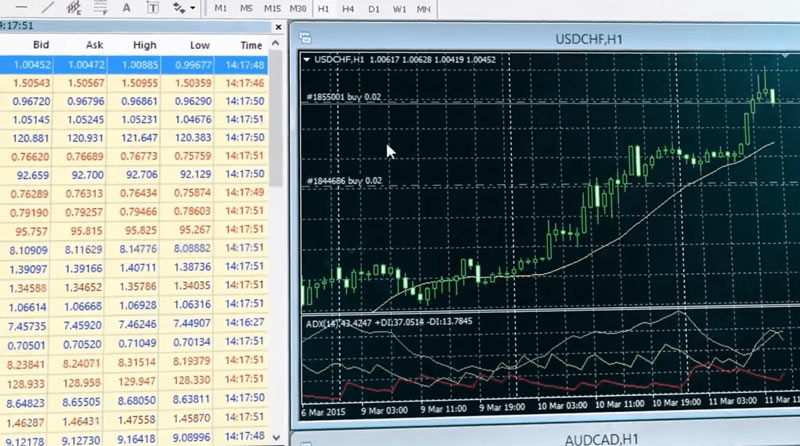 Desktop Platform
Desktop Platform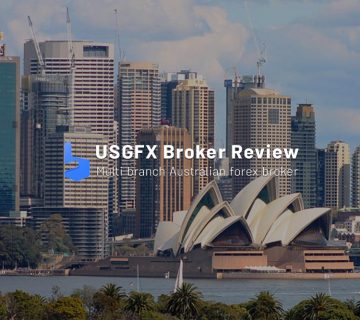
 Education
Education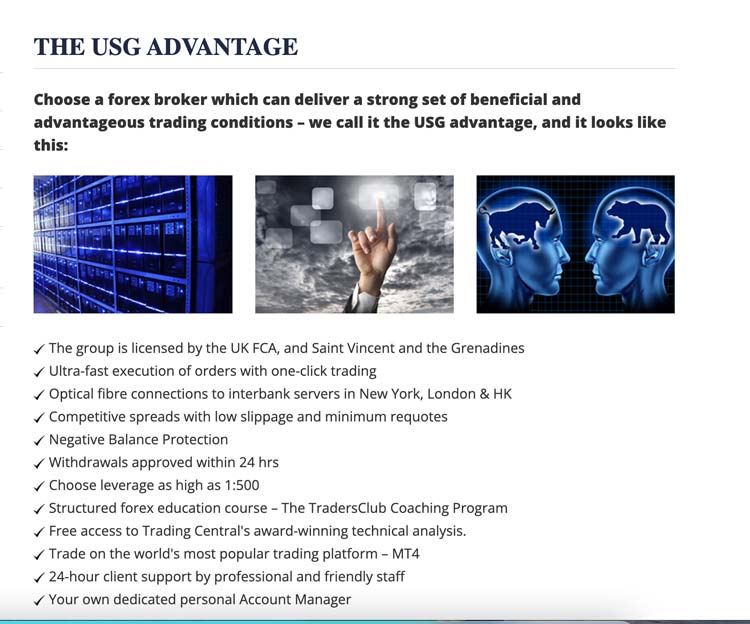
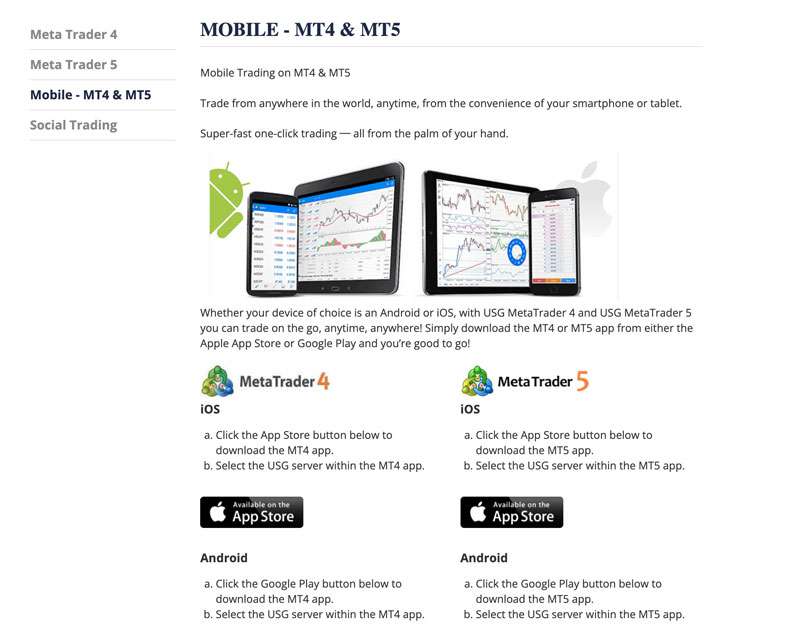

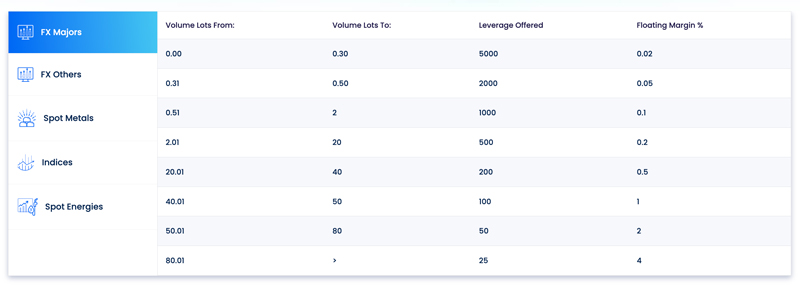 Leverage for Other Pairs
Leverage for Other Pairs Trading Platforms at Capital Extend
Trading Platforms at Capital Extend 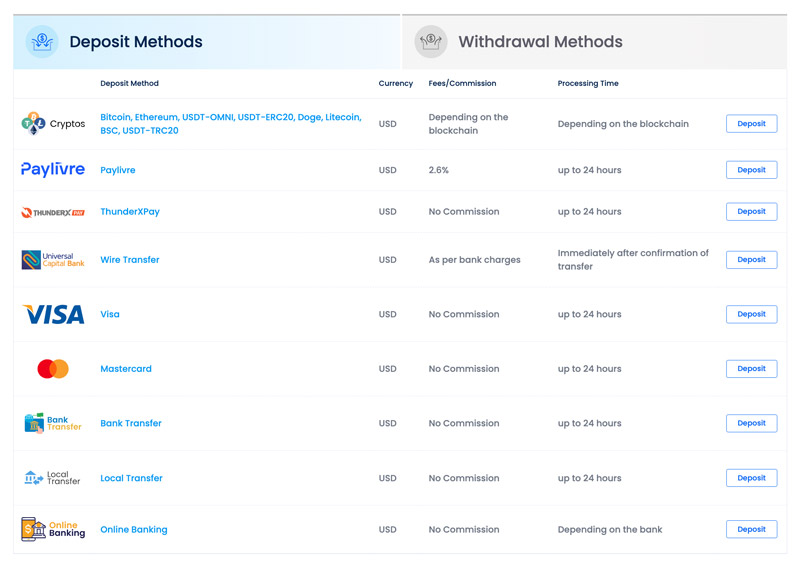
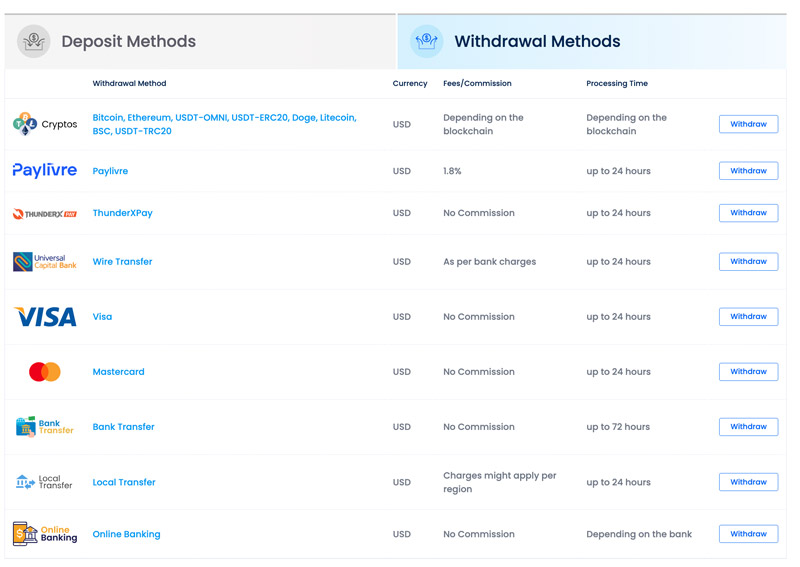

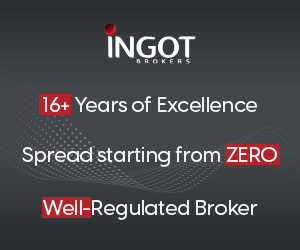
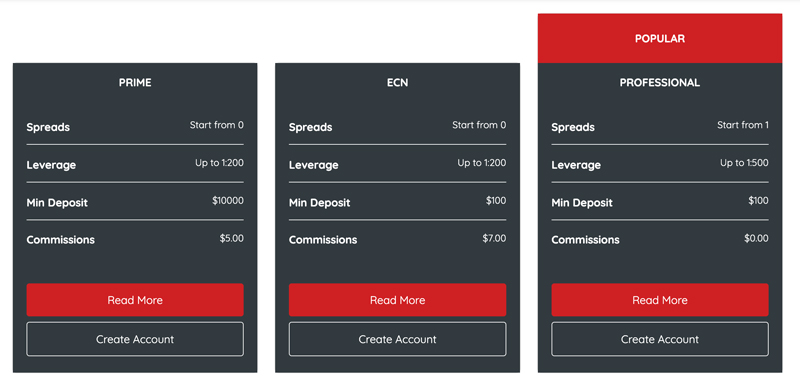
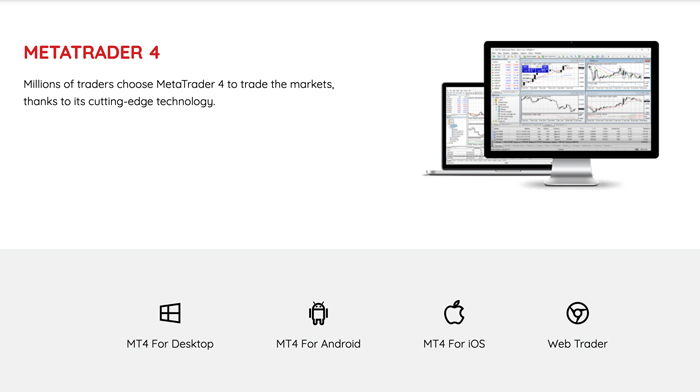
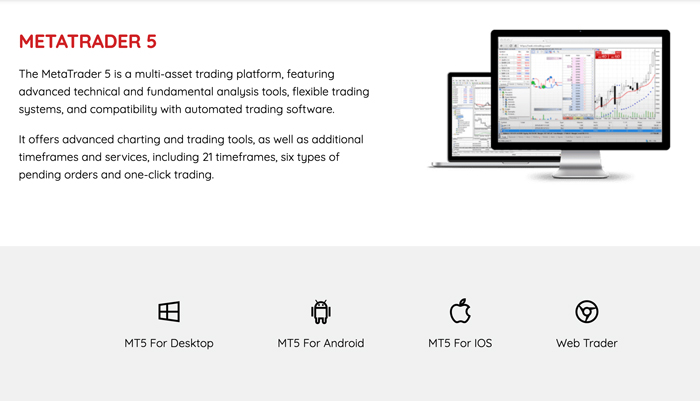

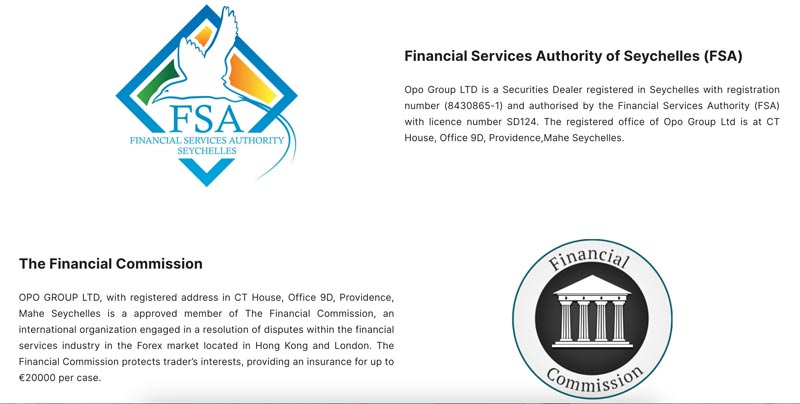
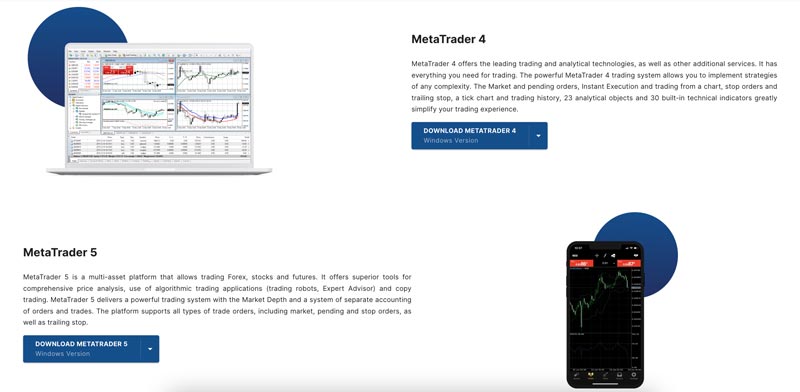
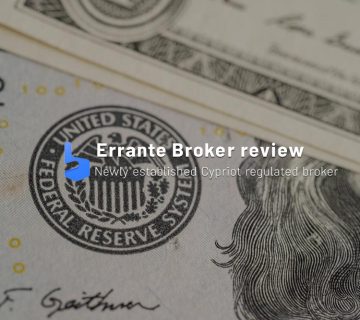

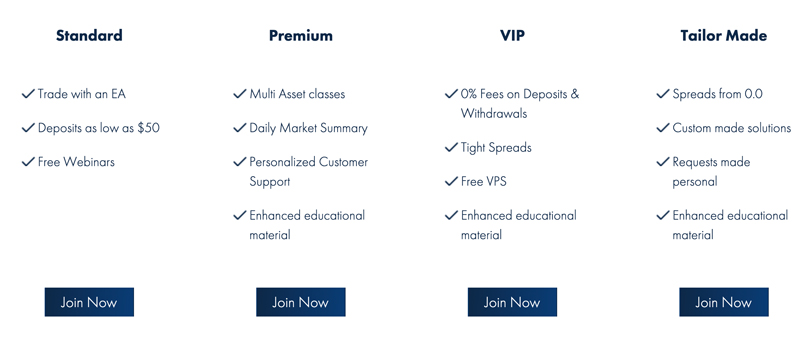
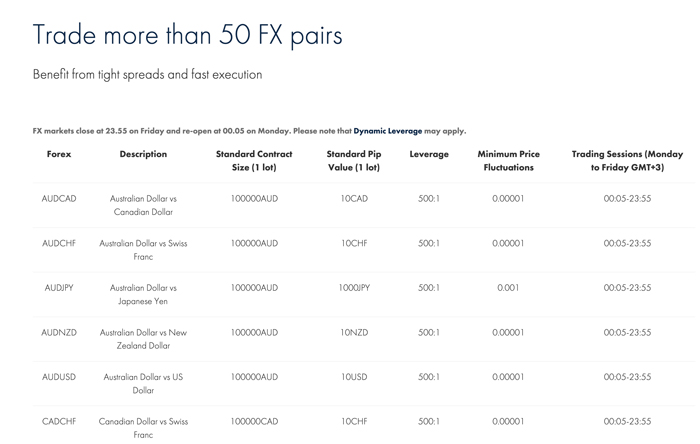
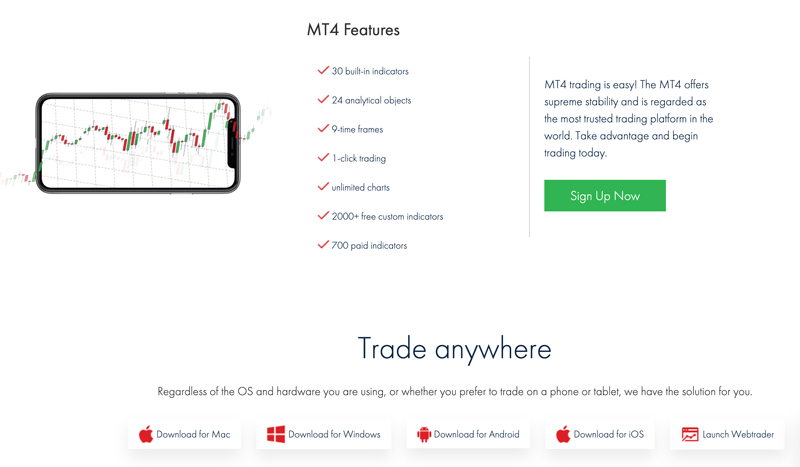
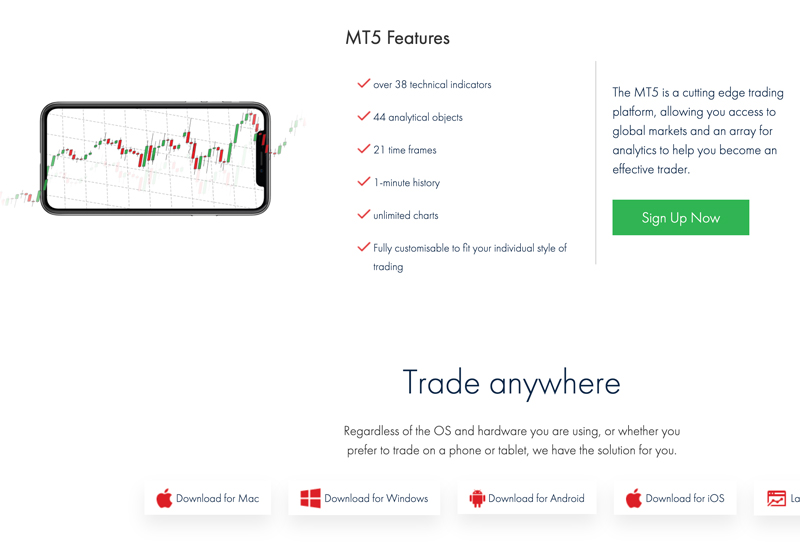

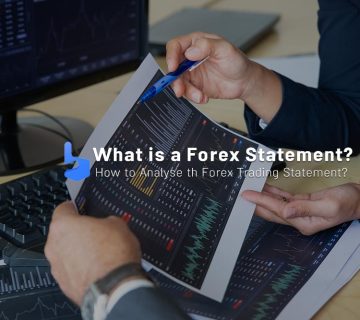
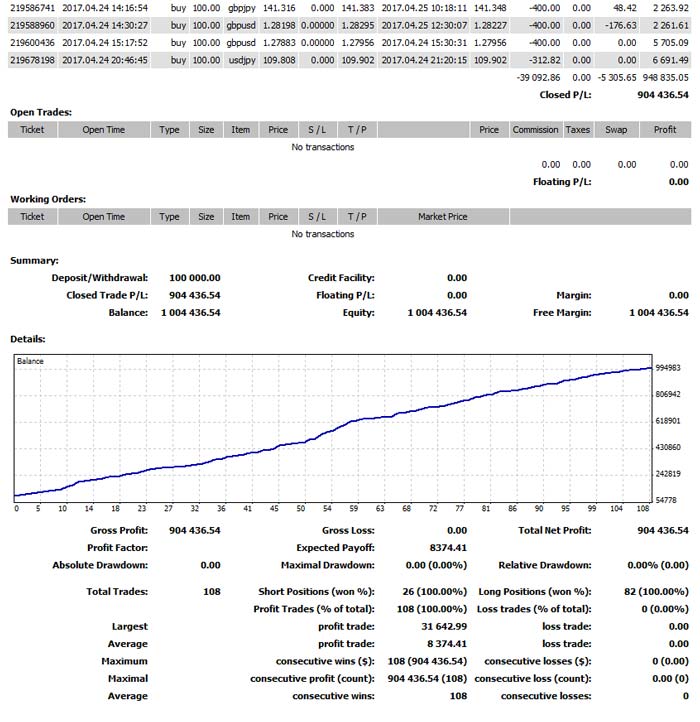
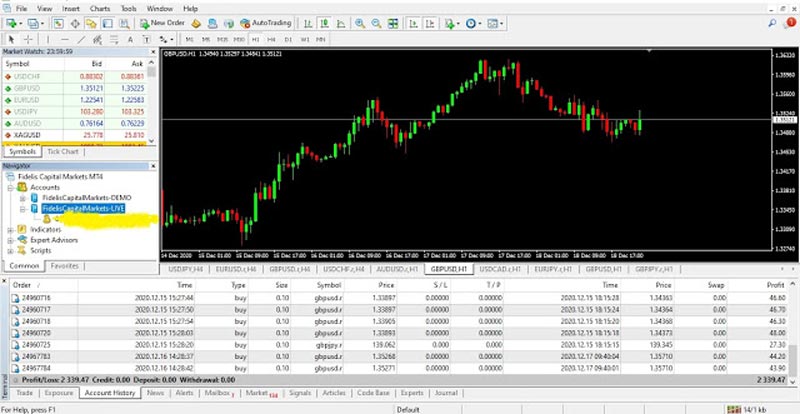
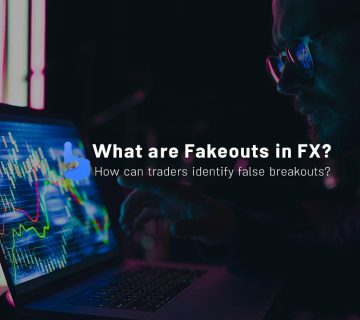
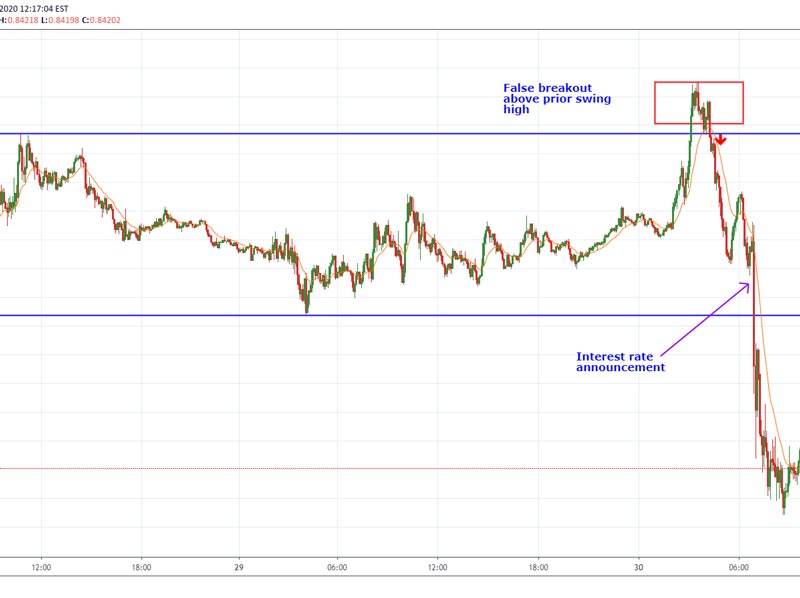
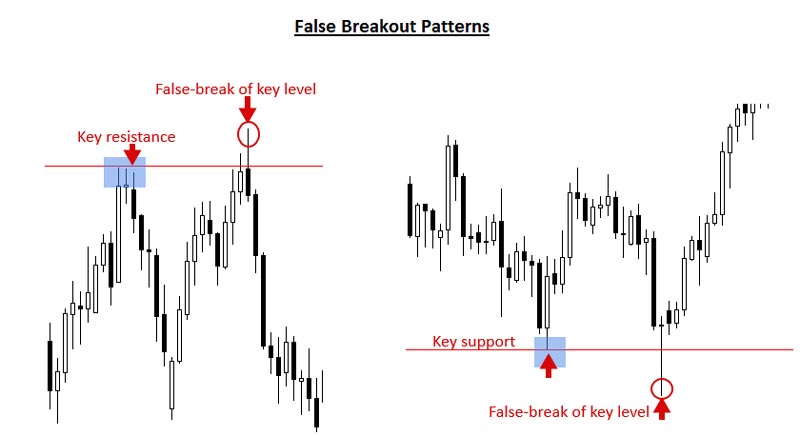
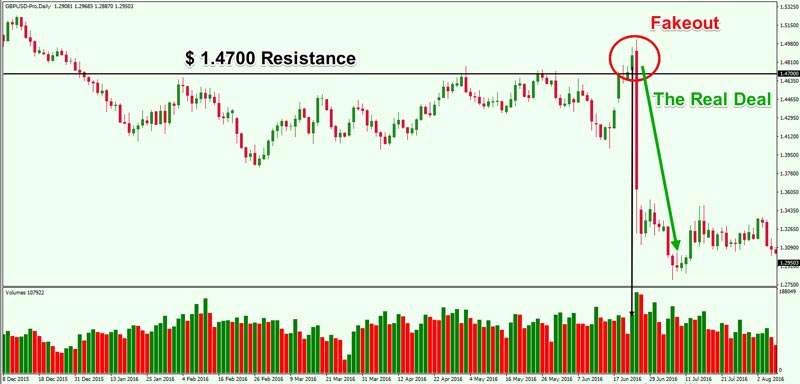
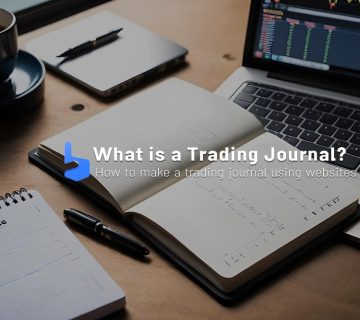
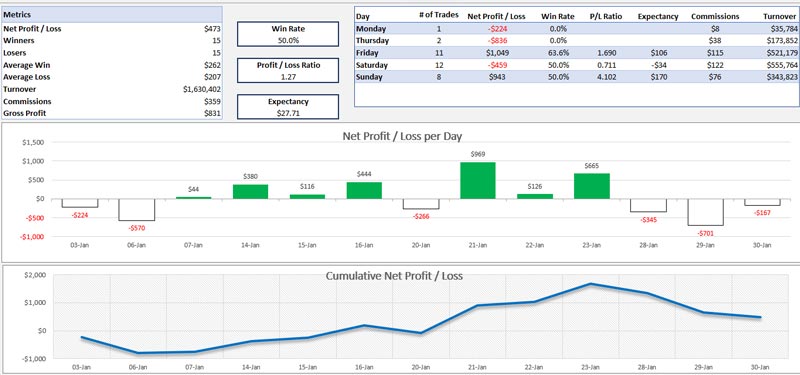
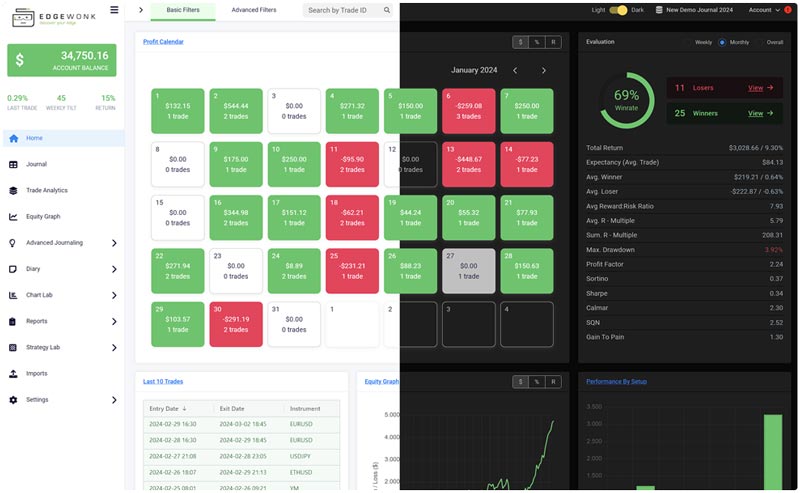
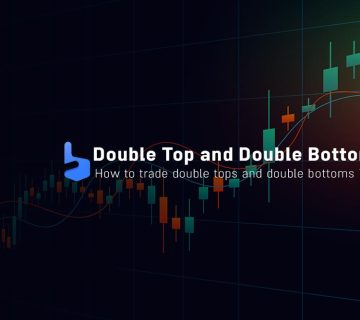
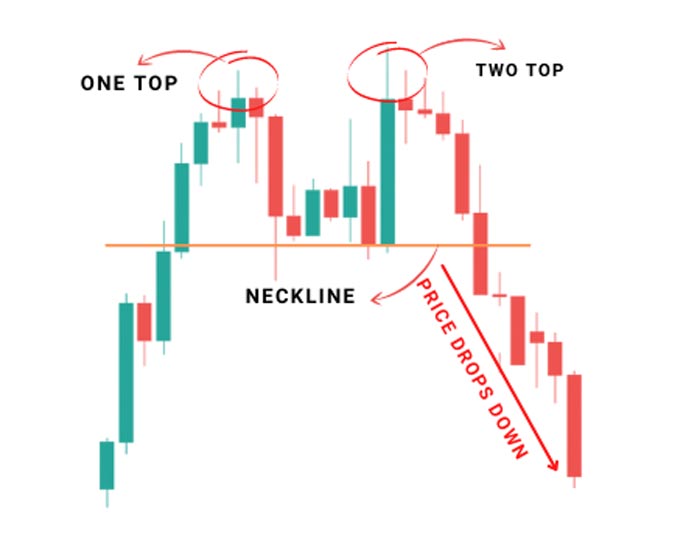
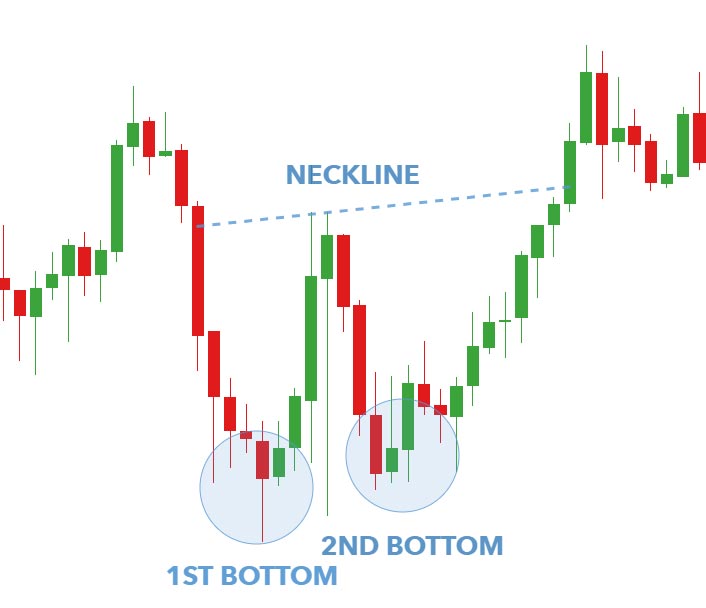

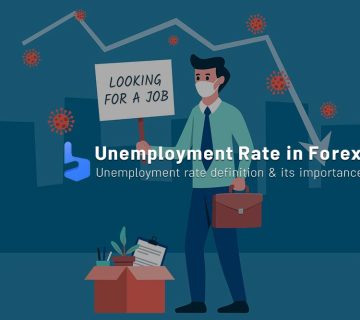

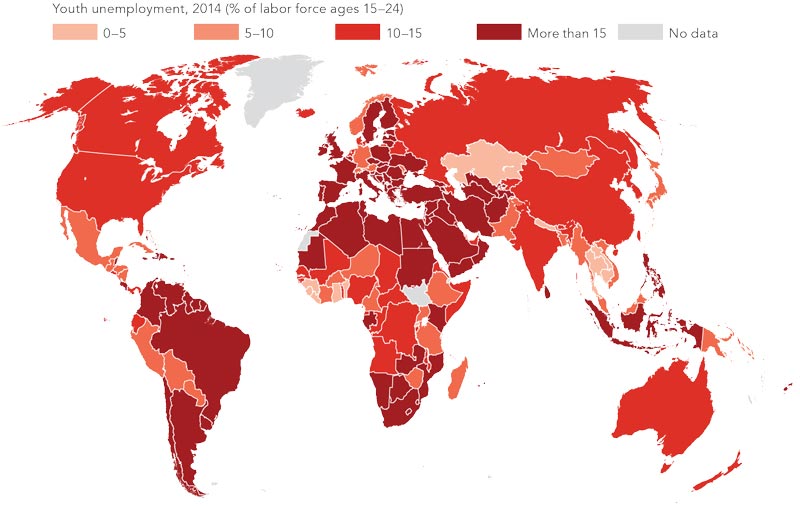
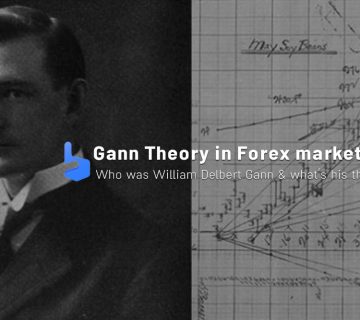

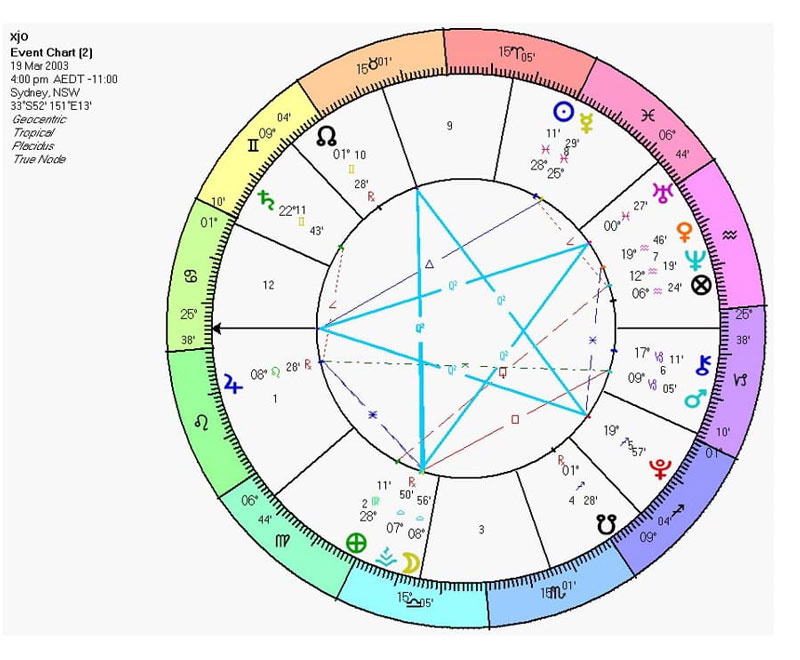





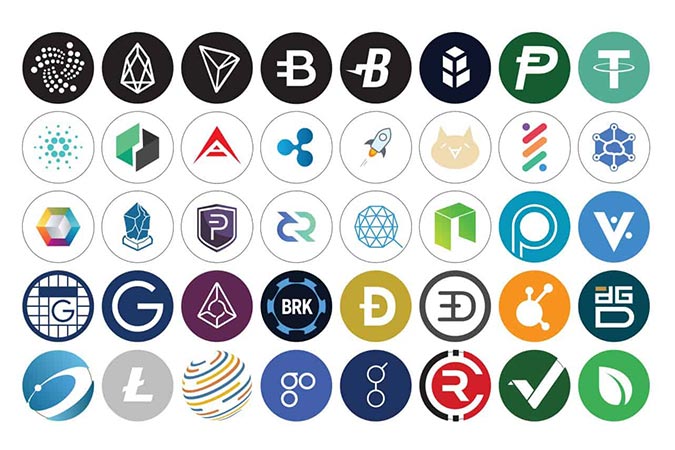
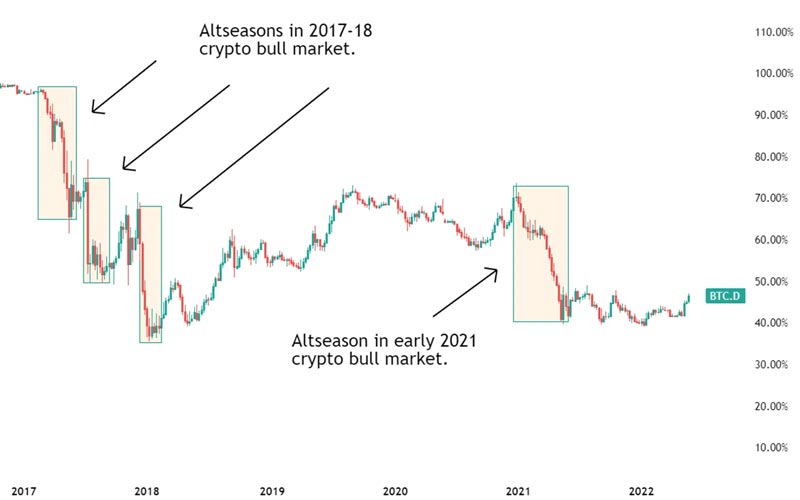

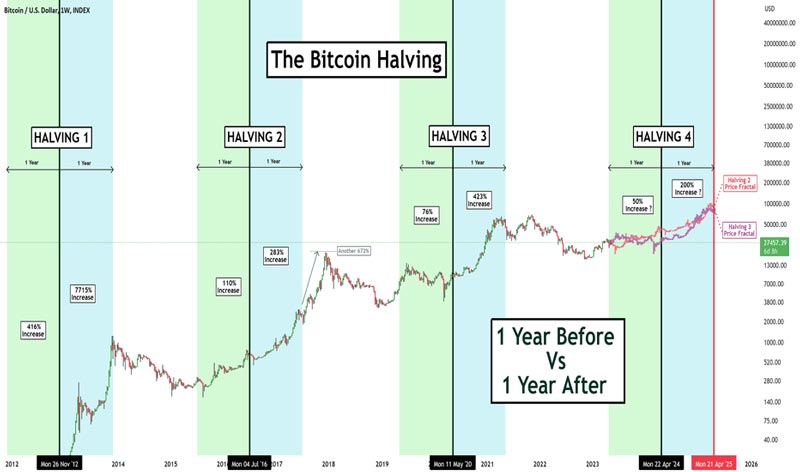
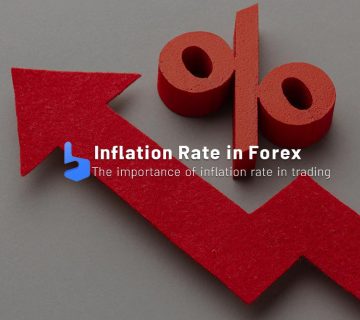
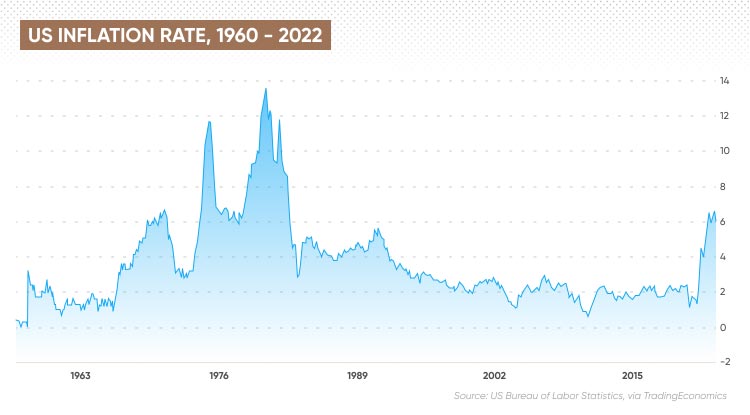
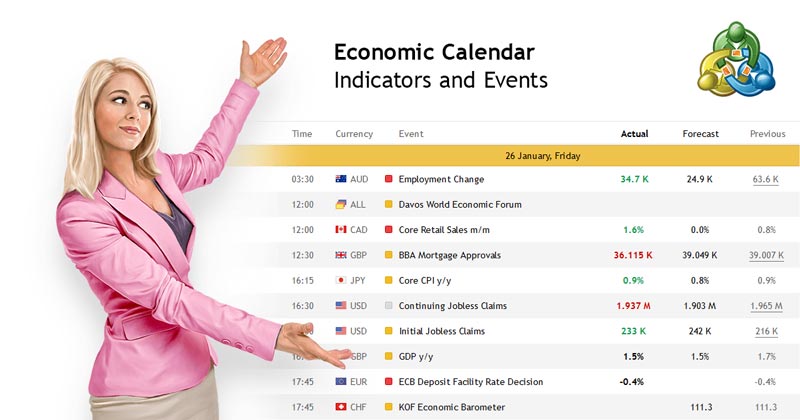 Government websites: Many government organizations, such as the US Bureau of Labor Statistics or the UK Office for National Statistics, regularly publish inflation rate data and economic indicators. These websites are credible sources for official inflation announcements.
Government websites: Many government organizations, such as the US Bureau of Labor Statistics or the UK Office for National Statistics, regularly publish inflation rate data and economic indicators. These websites are credible sources for official inflation announcements.
